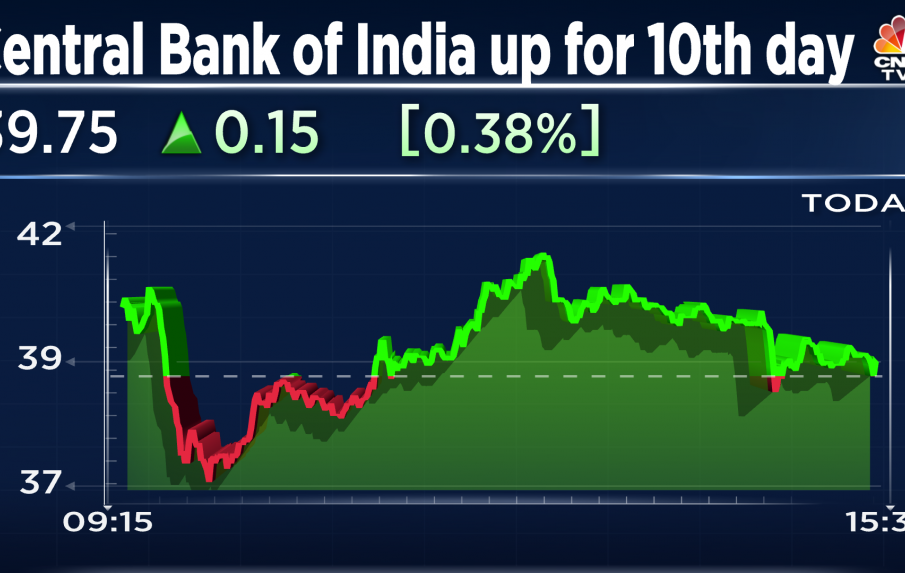Analysis of Central Bank Share Price Trends in 2023

Introduction
The share prices of central banks may not be as commonly discussed as those of commercial banks or private enterprises, but they play a significant role in global financial stability. With changing economic conditions, interest rates, and inflationary pressures, the performance of these share prices can impact not only investors but also the broader economy. Understanding these trends is crucial for both financial analysts and casual investors alike, as they can signal the overall health of the country’s economy.
Current Trends in Central Bank Share Prices
As of early 2023, central bank share prices have exhibited fluctuating trends largely influenced by various macroeconomic factors. The Reserve Bank of India (RBI), for instance, has been in the spotlight due to its recent policy decisions regarding interest rate adjustments. Following the upward trajectory of inflation rates, the RBI raised its policy rates, which subsequently affected the share performance of banks and financial institutions tied to their directives.
Moreover, central banks worldwide, including the US Federal Reserve and the European Central Bank, have also been tweaking interest rates to combat rising inflation. As these policy changes roll out, the share prices associated with institutions that closely follow these central bank rates can be expected to respond accordingly. For instance, shares within the sectors of finance and banking have seen increased volatility as market reactions fluctuate to new economic signals.
Key Events Affecting Share Prices
One significant event was the recent inflation report released in March 2023, which showed a surprising rise in consumer prices. This spurred speculation about further monetary tightening from the RBI, leading to a temporary dip in share prices for certain financial entities. Conversely, banks that are seen as likely beneficiaries of the rate hikes, such as those focused on home loans and personal lending, have reported a corresponding uptick in their share prices.
Conclusion
The ongoing analysis of central bank share prices provides valuable insights into economic conditions and investor confidence. As central banks continue to navigate through a complex global landscape characterized by inflation and potential recessionary signals, stakeholders must remain vigilant. Being aware of these shifts can enable investors to make informed decisions regarding their portfolios. The future outlook suggests continued volatility, underscoring the importance of monitoring central bank policy changes and their repercussions on share prices actively. As regulatory measures evolve, the dynamics of bank share prices in the coming months will be essential for understanding the broader economic trajectory.









